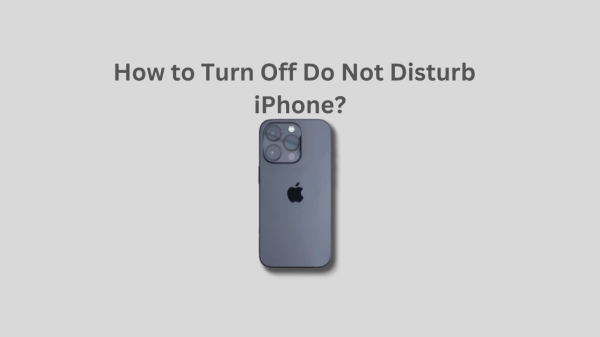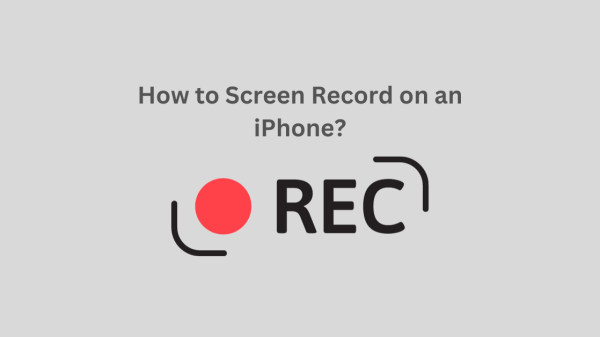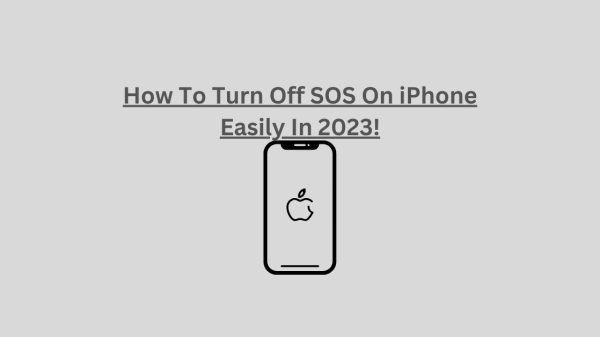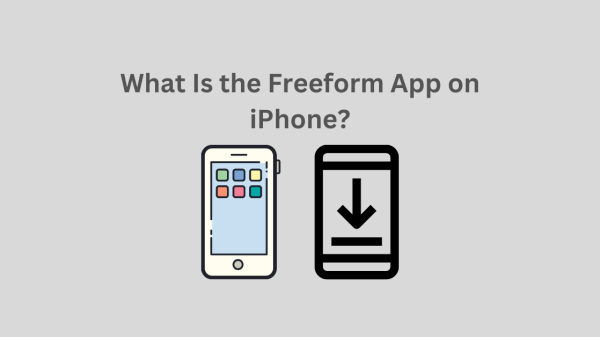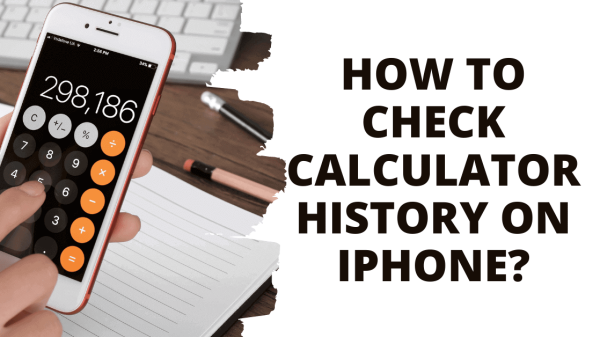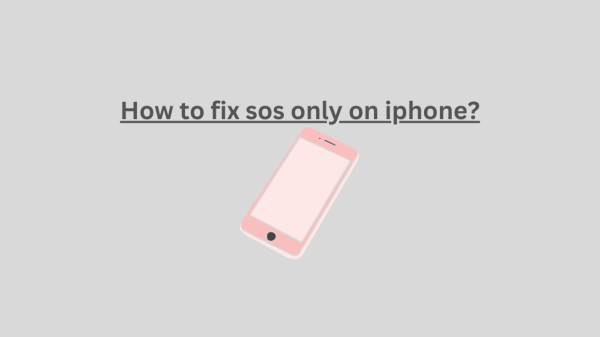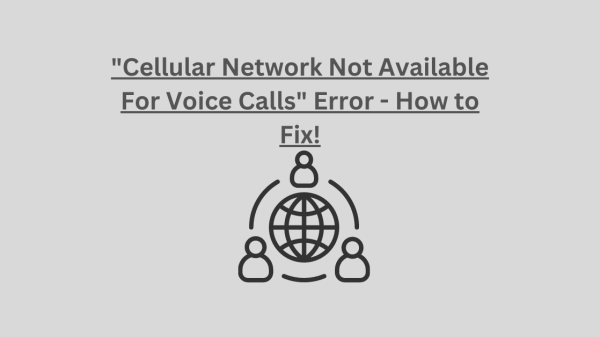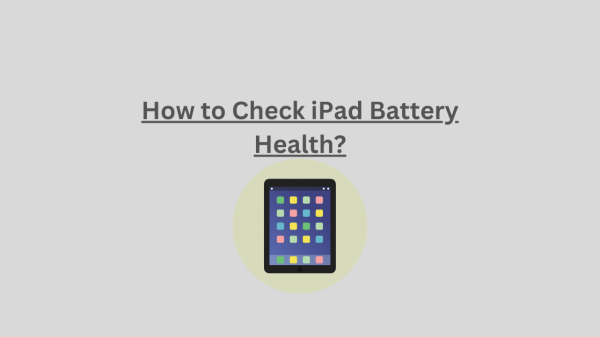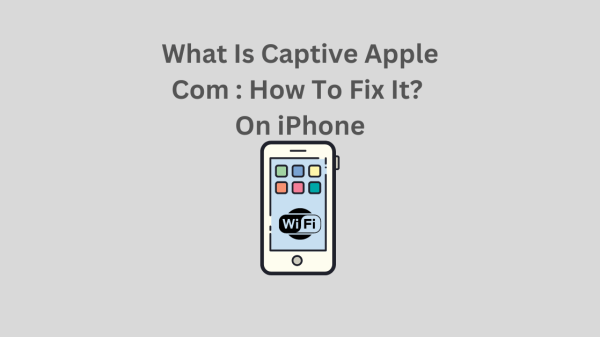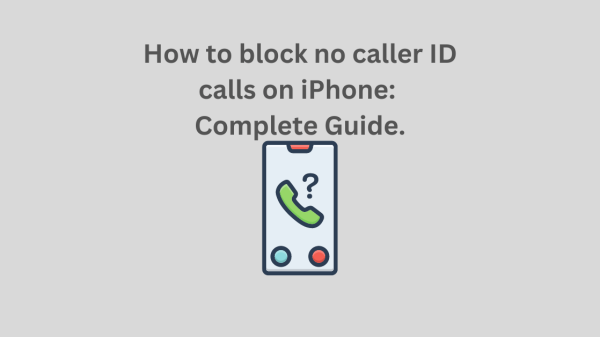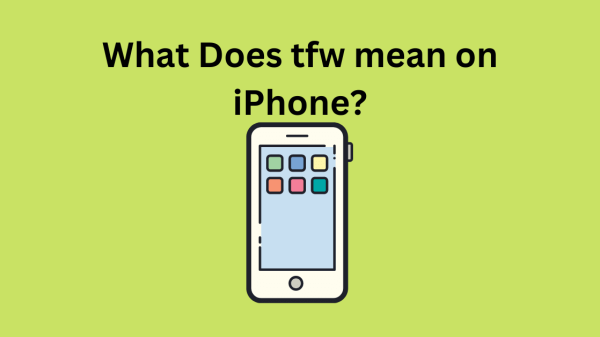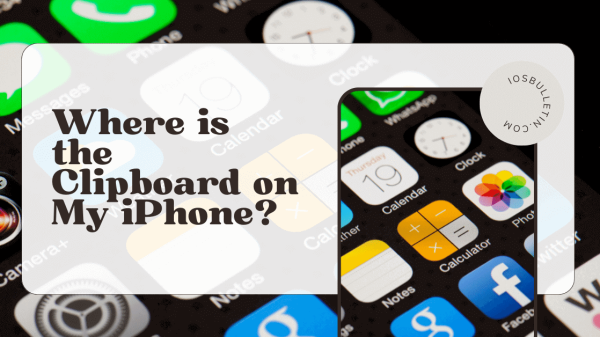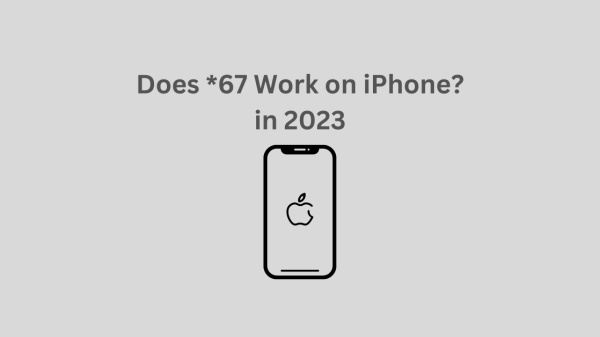On the iPad, Apple makes it more complex to view battery health than an iPhone or a MacBook. Fortunately, a few workarounds can assist you in determining when a battery replacement is necessary. Let’s see How to Check iPad Battery Health?
How to Check iPad Battery Health?
Option 1: Determine the maximum charge and cycle count in the logs.
Your iPad keeps track of the number of battery cycles and the maximum battery charge percentage, which you can use to determine the condition of your iPad’s battery. You can do this by going to Settings > Privacy & Security > Analytics & Improvements > Analytics Data and tapping on the most recent “Analytics” file (such as “Analytics-2023-01-26-100006.ips.ca.synced”) near the top of the screen.
The contents of the log can now be copied, then pasted into a new note or another text-editing program. Alternatively, send it to another device (like your Mac) using the “Share” option, then open it in a text editor. Now look through the data for “MaximumCapacityPercent” (if you’re using Apple Notes, you can do this by using “Find in Note”). The number next to that label represents your battery’s current maximum capacity.
The same log can also be searched for “CycleCount” to locate an entry with a number next to it describing your current battery cycle count, another aspect of the overall health of your battery.
According to Apple, after 1000 full cycles, modern iPad batteries should still operate at about 80% of their full capacity.
READ ALSO: What Is the Freeform App on iPhone?
Option 2: Make use of a third-party app
If the previous approach has yet to work out for you, you can check the health of your iPad’s battery using the iMazing app. To use the app, you must connect your iPad to a Mac or Windows computer. You can activate a free trial period for this paid app.
Installing and starting iMazing on your computer after downloading it. To start your free trial, click “Continue Trial.” Connect your iPad to your pc now, and if you’re using a Mac, grant permission using the “Allow” and “Trust” prompts on your Mac.
The battery icon can be found in the lower-right corner of the screen after selecting your iPad in the left-hand column. Ignore the percentage at the top of the window—that represents your current charge—and focus on the additional information instead. In particular, pay attention to “Battery Effective Max. Charge” and “Battery Charge Cycles” to learn more about your battery’s maximum capacity and number of recharge cycles, respectively.
Note: After receiving what you require, you can cancel the iMazing trial if you only want to run a quick check. After that, you can pay $44.99 annually for unlimited devices or $49.99 once for up to three devices.
When Should I Replace the Battery on My iPad?
Suppose you start to experience problems with your iPad, which is a more reliable indicator of poor battery health than based on an arbitrary percentage. In that case, consider replacing your iPad battery. Check the iPad for less battery life than you anticipated, a sudden loss of power, or more serious problems like slow performance.
Your iPad will deliberately run slower when your battery is significantly depleted to conserve power. The only way to fully restore performance on your iPad is to replace the battery. For a fee of between $99 (for most standard iPad, iPad Air, and iPad mini models) and $179, Apple will replace your battery (larger iPad Pro models). Use Apple Support to find out how much your specific model will cost.
Regardless of the battery’s condition, consider upgrading if your iPad is outdated. To find the best iPad for you, look through our list of suggestions. Consider taking into account some iPad stands and accessories as well.
READ ALSO: How to Print Text Messages From iPhone?
Conclusion – How to Check iPad Battery Health?
To check iPad battery health, use the iPad’s analytics data to determine the maximum charge and cycle count. After 1000 full cycles, modern iPad batteries should still operate at about 80% of their full capacity. If the previous approach doesn’t work, use the iMazing app to check the battery’s health. If you experience problems with your iPad, consider replacing the battery for less battery life, sudden power loss, or slow performance. Apple will replace the battery for $99 for most models and $179 for larger iPad Pro models. If your iPad is outdated, consider upgrading.
READ ALSO: How to fix sos only on iphone?








